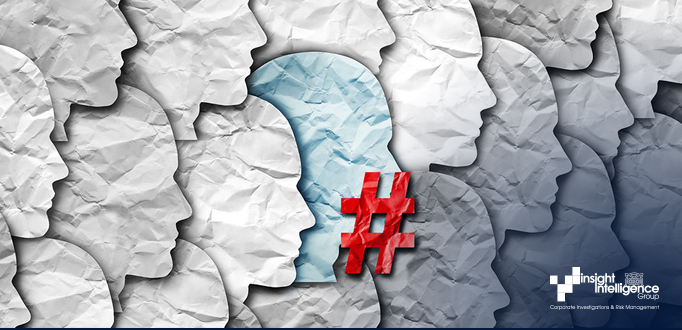
Social Media Platforms and Information Response
Many of you will remember December 2010, when a Tunisian produce vendor set himself on fire and sparked what became known as the Arab Spring. The name stemmed from the ‘People’s Spring’ and ‘Prague Spring’ that described movements towards democracy, rather than the time of year per se.
The success of the Arab uprising is often put down to the social media platforms used by the citizens of Tunisia, Egypt and other countries, to share their experiences of tyranny and turmoil. However, social media was just a one of many tools which inspired millions to revolt against their governments.
On 28 January 2011, the Egyptian government shut down social media platforms and later the entire internet, but the revolution and uprising continued to spread like wildfire.
So, how did the uprising continue despite the shutting down of social media platforms and the internet taking away the major tools of the uprising?
To answer this question, we can go further into history and analyse how the Prague Spring developed in Czechoslovakia, despite the absence of social media and with the State’s tight control of media and newspapers.
The answer is simple, today we depend on social media platforms to be educated, informed and to share our opinions or disagreements. What social media platforms miss are the true opinion of the populous. For example, few of us would consider a social media poll to be 100% truthful, so, you never know exactly what people are thinking.
Both the Prague and Arab uprisings shared common information dissemination. That is ‘analogue’ intelligence, the discussions between humans at places and times where people gather over drinks or social engagements. That is how information was disseminated without the assistance of social media platforms. Word of mouth is also more powerful for one reason.
Words are converted into information and when spoken from person to person they can be weaponised by adding emotions.
I remember as a kid in what was then communist Yugoslavia, my father used to hide in the bath, under blankets, to listen to the Voice of America to learn what was happening in Poland during its martial law in 1981. He would then quietly speak with a few neighbours during the
day, to discuss how to get rid of communism in Yugoslavia. That is how information was transferred from one person to another.
Even today, the power of information is not only on social media platforms. Every information has a source which is human. Regardless of how it is positioned on social media, the question needs to be what is the value of that information, the validity of its source validity and its reliability?
In recent history, we saw how the social media platforms that helped start the Red Shirt movement in Thailand, become a threat. They ended up building their own electronic logistical network for sharing and disseminating information to their followers.
If you compare the world 30 or 40 years ago when social media platforms literally didn’t exist, much information would have been passed from person to person in social environments such a workplace, homes, family gatherings, making it hard for communist countries, like the one I was brought up in, to monitor what and who said what.
Information that was placed into the broader public with intent was the most damaging, which was why communist states intelligence was inaccurate or misleading.
Decision making should be based on the elements of validity and the reliability of the source and to take into consideration the fact that every source is human. Social media platforms are only a tool for information distribution.
Those looking to understand public sentiment for corporate or government use, through the recording of information, its sources, validity and reliability should always include field intelligence methods and not simply rely on electronic media.
It is also important to understand that information collected today may not be valid tomorrow.
The success of this information collation to organisations depends on how you collect and analyse the source and reliability, to drive strategic planning and inform the tactical response of your organisation.
This post was written by Mario Bekes


